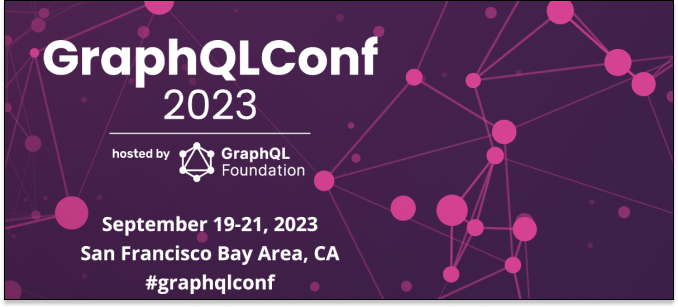Articles
This blog goes in-depth on the origins of federation, the design and implementation of a federated graph architecture, the components of federation, and more. The article explains how federated architecture, although fairly new, helps simplifies, in a highly optimized manner, the problem of bringing multiple schemas from different micro services together and merging them into one unified graph API.
Check out this tutorial that demonstrates how to use multiple databases in Neo4j 4.0 and how to use multiple active databases with the Neo4j GraphQL integration, building a multi-tenant GraphQL API. William Lyon includes example code on how to setup and create a GraphQL schema and Neo4j driver instance. He also provides resources at the end of the tutorial for more information on multi-database support with Neo4j and GraphQL.
This post explores the important performance considerations for building apps at scale and how Hasura GraphQL Engine leverages PostgreSQL query caching and prepared statements to improve performance. Some interesting metrics are provided as the article breaks down the multiple stages of processing an incoming GraphQL query. Praveen Durairaju explains how Hasura’s architecture allows for GraphQL query plans to get cached and SQL query plans to get cached by Postgres with prepared statements.
Videos
Listen in to Byteconf GraphQL 2020, an online conference with several influential speakers such as Eve Porcello, William Lyon, Nader Dabit, and more. There are tutorials on GraphQL servers with Express, thoughts on leveraging the power of a typed schema, and talks about the misconception of GraphQL.
Tutorials
In this video, Leigh Halliday demos the power of colocating fragments, which provides the option to split your queries up in such a way that the various fields fetched by the queries are located right alongside the code that uses the field. Follow along as he shares how this allows for a more cohesive development experience along with TypeScript compatibility.
